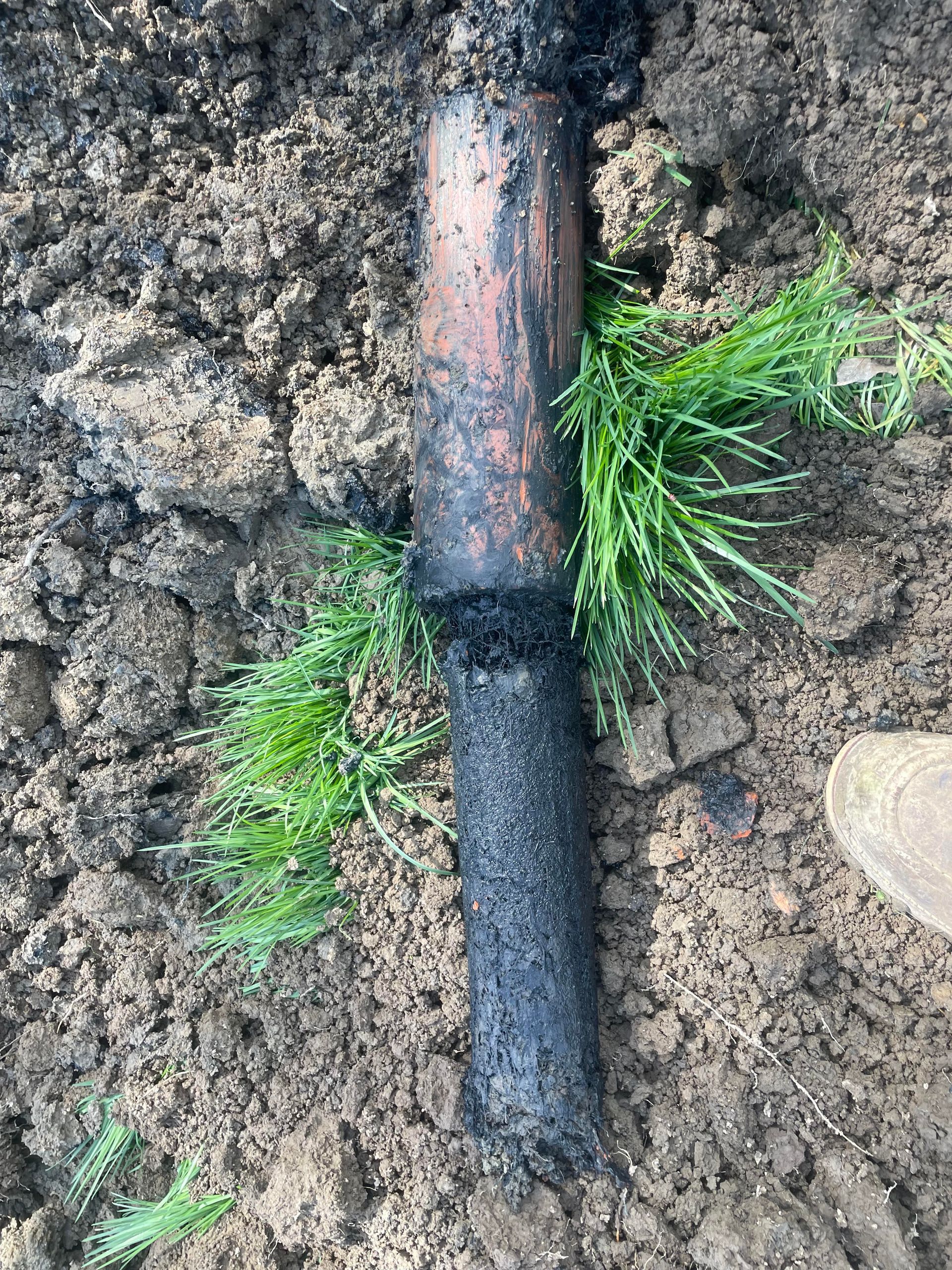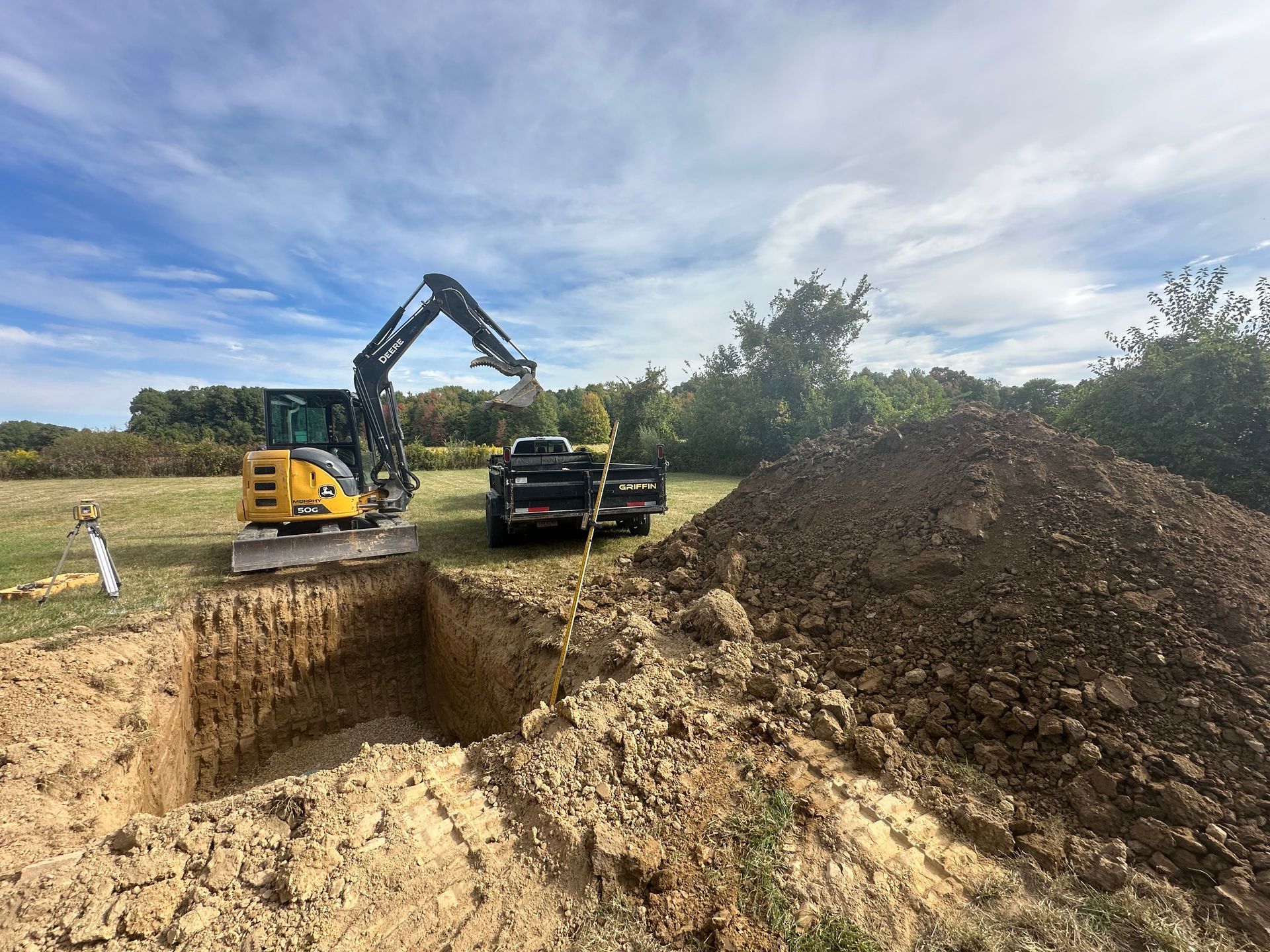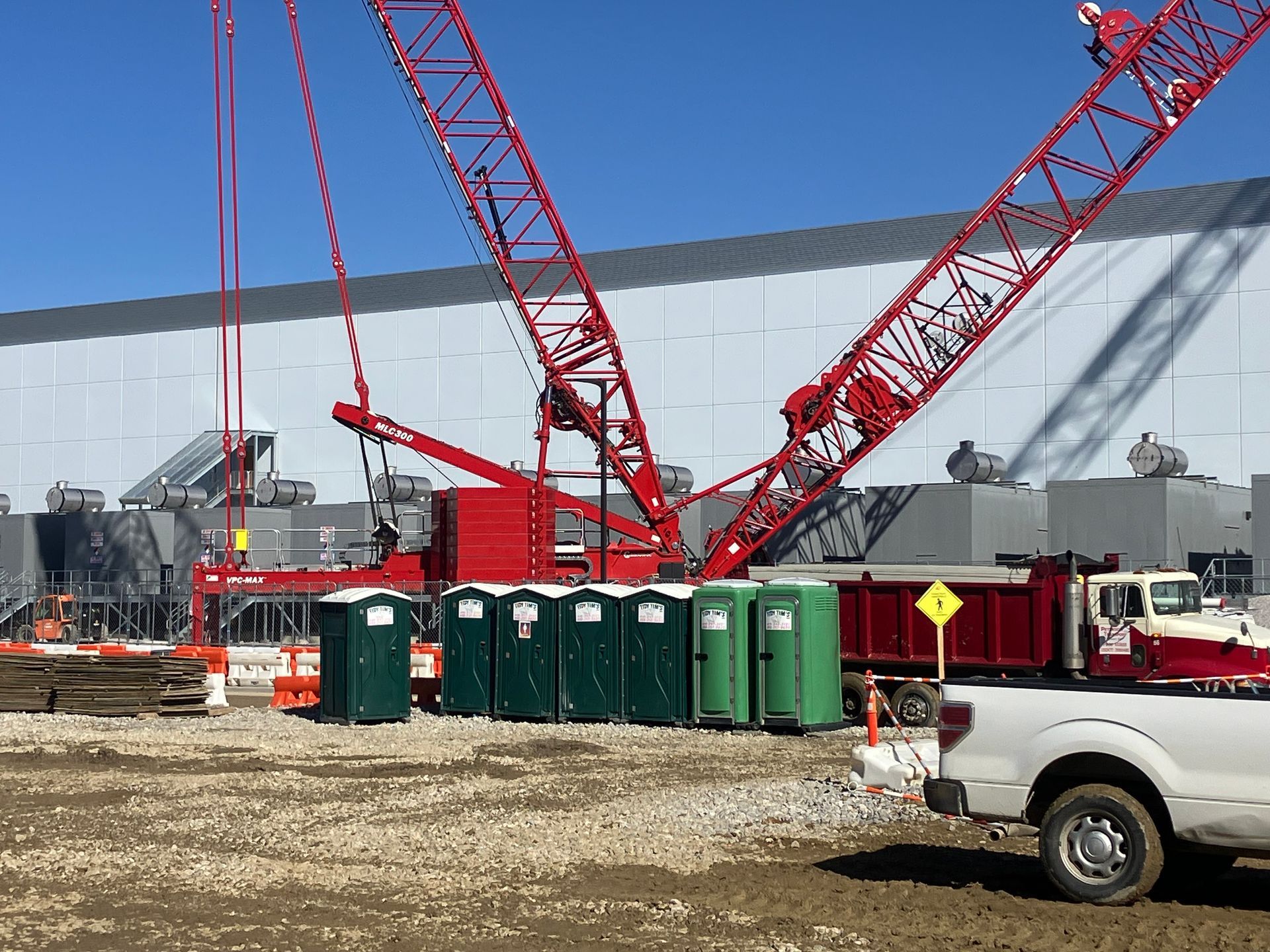The Hidden Dangers of Tree Roots Near Your Septic System
Tree roots can silently destroy your septic system by infiltrating pipes, tanks, and leach fields. Knowing the warning signs and taking preventive steps can save you thousands in repairs. If you suspect root intrusion, it’s time to talk to an expert.

Key Takeaways
- Tree roots naturally seek moisture, making septic systems a target.
- Pipes, leach fields, and tank lids are the most vulnerable.
- Watch for slow drains, soggy patches, and bad odors.
- Don’t plant trees too close to your system.
- If you notice signs, contact a professional early.
Tree roots and septic systems don’t mix. While trees bring shade and beauty to your yard, their roots can create costly problems underground. Many homeowners in Central Ohio don’t realize the threat until it’s too late - when backups, soggy yards, or major repairs hit their wallet.
This guide will help you understand how roots affect your septic system, what signs to look for, and how to prevent damage before it starts.
Why Roots Invade Septic Systems
Roots grow toward water. That’s why your septic system, which leaks small amounts of moisture into the soil, becomes a magnet for growing root systems. Even tiny cracks in pipes or joints can release enough moisture to attract roots from nearby trees.
Once they find a water source, the roots don’t stop. They’ll exploit cracks, wrap around pipes, and even penetrate tank lids, disrupting your system’s function and causing blockages or structural damage.
Which Parts of the System Are Most at Risk?
Homeowners should keep an eye on these vulnerable areas:
- Leach Field Lines: Roots can block drainage, causing backups and overflows.
- Septic Tank Lids and Seals: Cracked lids give roots easy access to your tank.
- Inlet and Outlet Pipes: Roots can wrap around or grow into these pipes, blocking flow.
- Distribution Boxes: Roots may enter through joints and obstruct flow to leach fields.
Warning Signs to Watch For
If roots have already started intruding, you might notice:
- Slow-draining sinks or toilets
- Soggy or unusually green patches in your yard
- Gurgling sounds from drains
- Strong sewage odors outdoors
- Frequent backups or need for pumping
Don’t ignore these symptoms—they could be early signs of root-related damage.
Tree Types and Safe Distances
While all trees pose some risk, fast-growing species with aggressive root systems are the biggest threat. Oaks, maples, willows, and poplars are known offenders.
A general rule: plant trees at least 30 feet away from any part of your septic system. The larger the tree’s root system, the farther away it should be.
How to Prevent Root Damage
- Map your system: Know where your tank, pipes, and leach field are.
- Avoid planting trees near your system: Stick to grass or shallow-rooted plants.
- Install root barriers: These physical barriers can deflect roots away.
- Routine inspections: Catch issues before they become major repairs.
- Maintain your system regularly: Pumping and servicing can reduce vulnerability.
When to Call a Professional
If you’ve spotted any warning signs—or have trees growing near your system—it’s smart to get an expert opinion. A professional inspection can reveal whether roots are a problem and what action to take.
Tidy Tim’s helps homeowners in Central Ohio protect their septic systems with smart, affordable care. We’re always happy to answer your questions and recommend the next best step.
FAQs
How do roots find my septic system?
Roots seek out moisture and nutrients, and small leaks in your system attract them over time.
Will removing the tree solve the problem?
It might help, but leftover roots can still grow and cause damage. A full inspection is the best way to know for sure.
Can I use chemicals to kill roots?
Some chemical treatments exist, but they should only be used under professional guidance to avoid harming your system or the environment.
How much does root-related repair usually cost?
It varies widely, but catching problems early can save thousands in excavation or system replacement.
Do I need to replace the whole system if roots get in?
Not always. Depending on the damage, repairs may be localized. But early action is key.
Tree roots might be out of sight, but they shouldn’t be out of mind. By knowing the risks and signs of intrusion, you can take proactive steps to protect your home’s septic system.
If you’re seeing any warning signs—or want peace of mind—now is the time to act.
Contact Tidy Tim’s Today
Protect your property before small root problems grow into major repairs. Contact Tidy Tim’s now to ask questions, schedule an inspection, or get expert help with your septic system.



